Mills Canyon
Mills Canyon
On Saturday D. and I headed out of the house and up to Mills Canyon Nature Area, also known as Mills Creek Canyon Park and Mills Canyon Wildlife Area, in Burlingame, and I took some pics.
Park entrance.
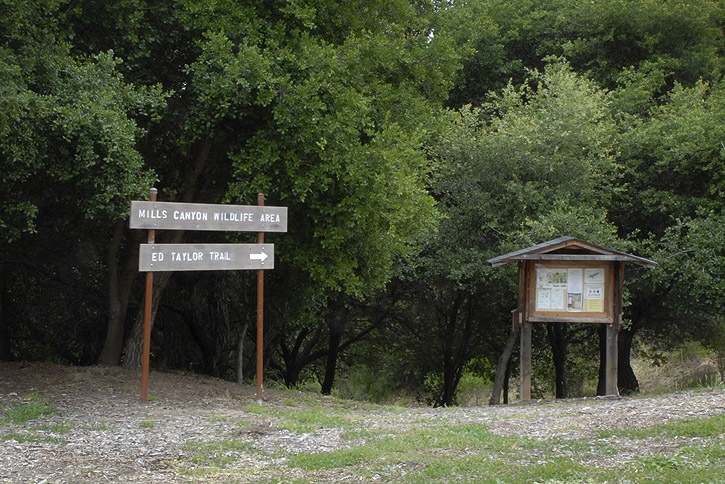
No this, no that, and none of that other thing either, Mister.
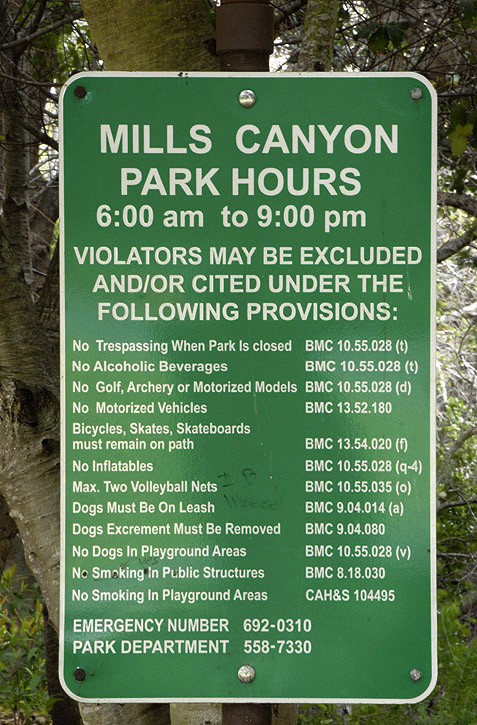

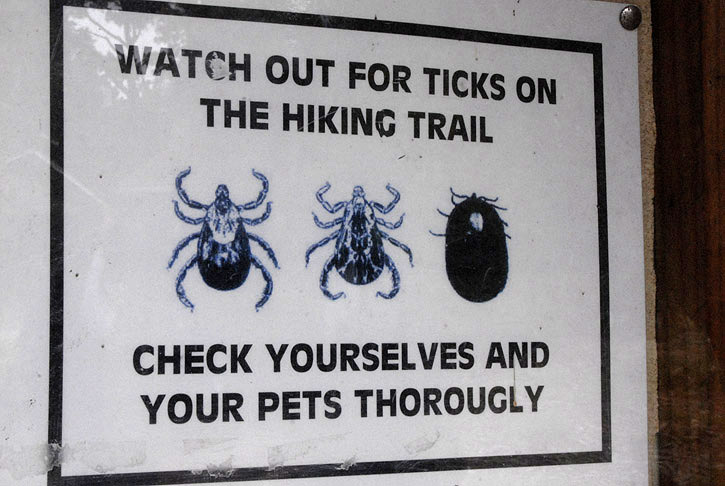
Setting out on the Northwest Trail.

Looking down the canyon to the southeast, with the Hyatt Regency near San Francisco International Airport visible in front of the Bay.
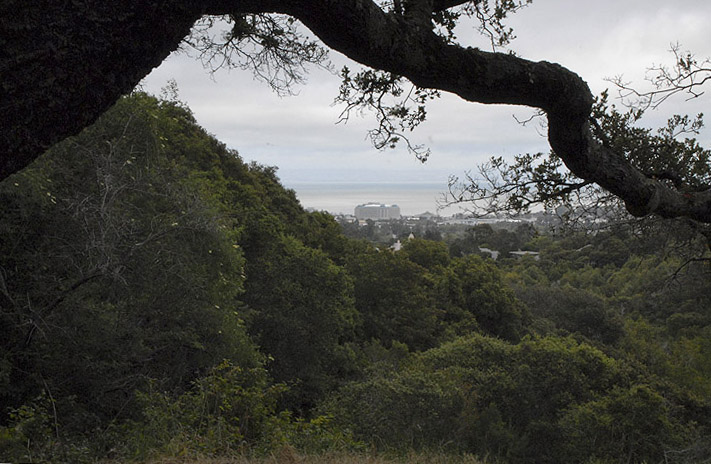
This Bellardia looks like it's got some spider mites on it.
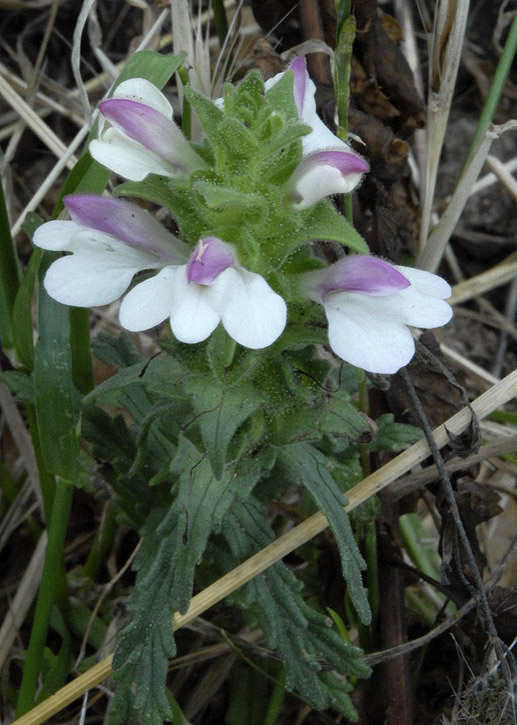
Another view along the trail to the south-southeast, showing some of the canyon's vegetation.
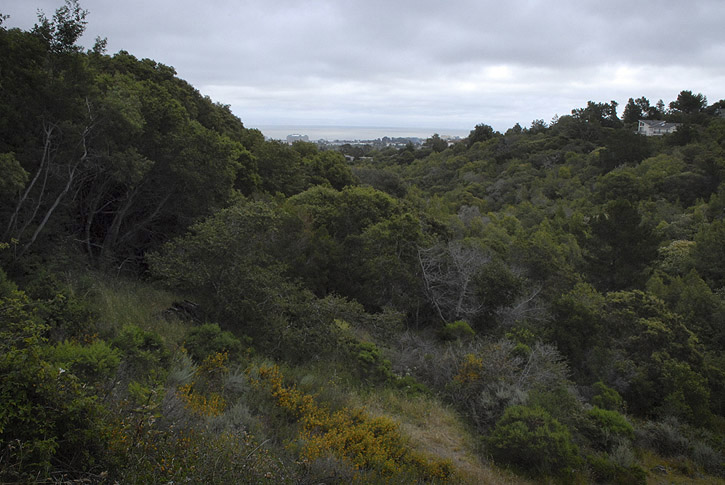
The Northwest Trail.
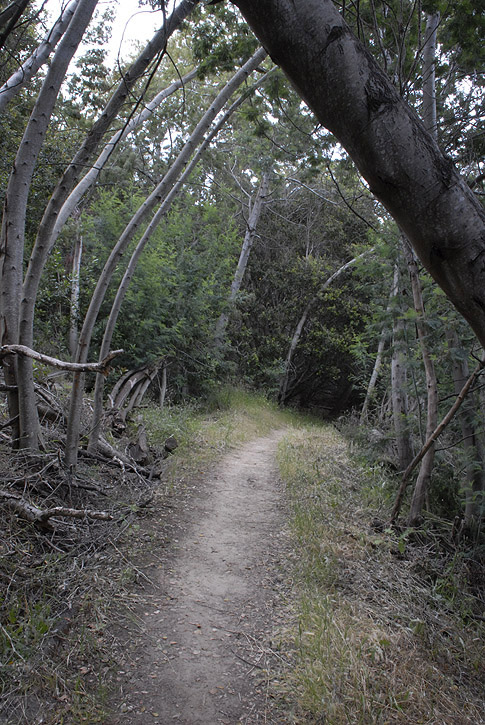
Coyote Mint.
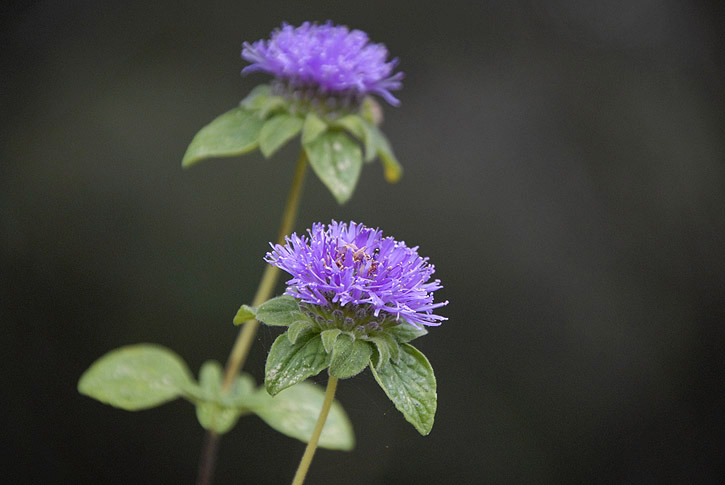
We encounter edumacational plaques here and there along the trail.
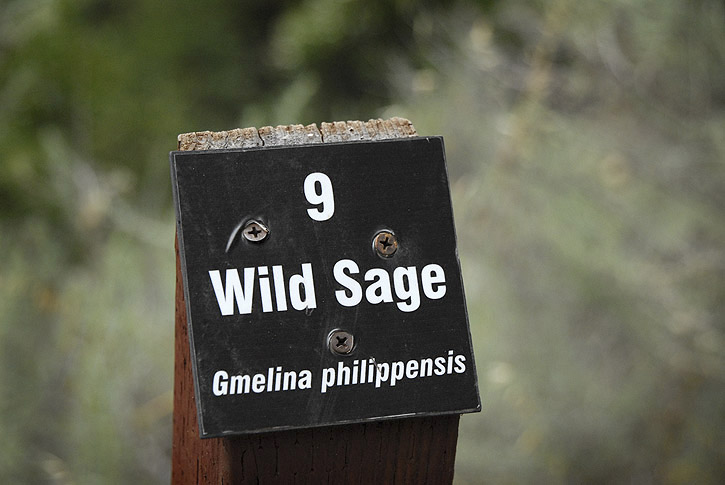
Another view of the Northwest Trail wending through the woods.
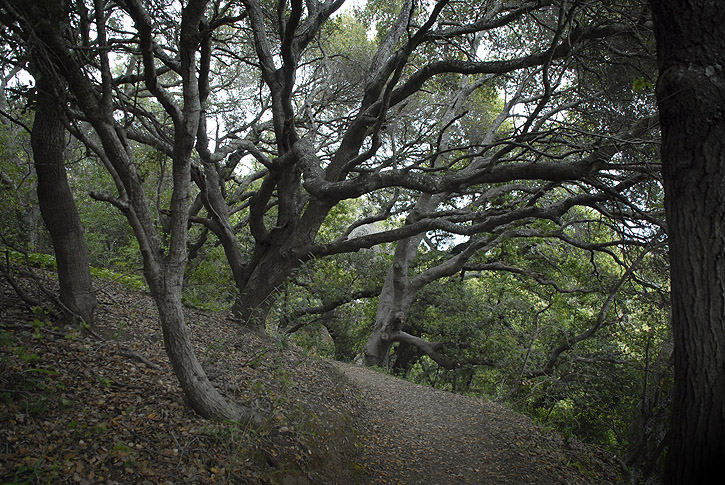
All the trees seem to have numbered tags.
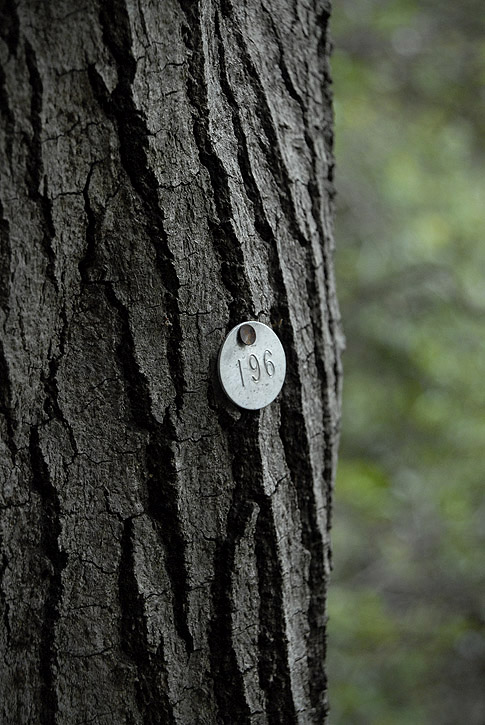
Burlingame seems to have a bit of a tree fetish. (And this is a good thing.
)
Indian Warrior and aphids.
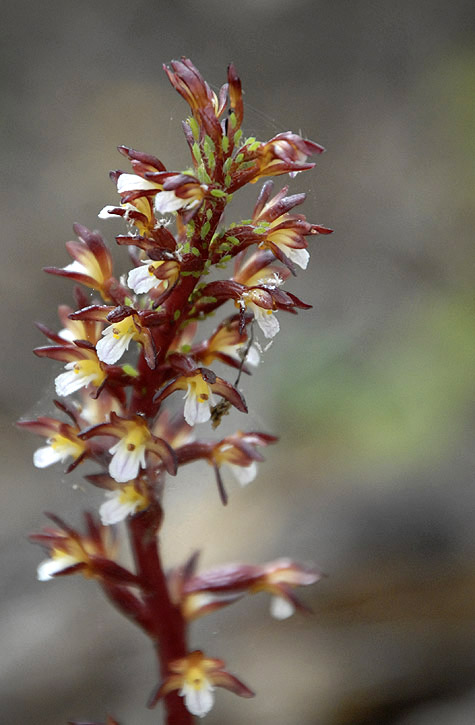
The Northwest Trail goes through a grassy stretch.
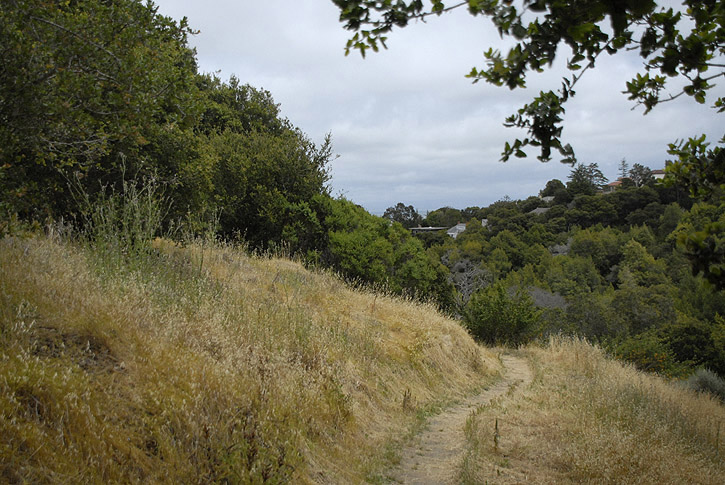
Dried pods of a pea family plant, which explosively eject the seeds out as the pod dries and twists around.
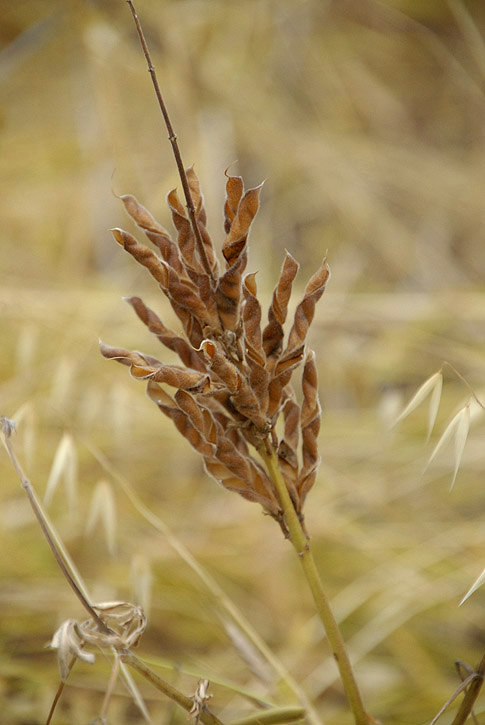
The trail takes us farther along down the canyon.

I think they have an aphid problem here.
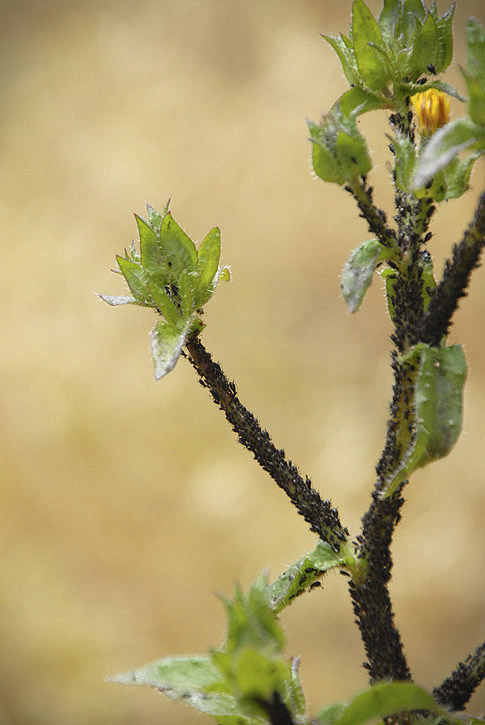
Around the very next bend we see a Soldier Beetle on a lupine. Soldier beetles love aphids, so I hope it knows there's an all-you-can-eat buffet just up the trail.
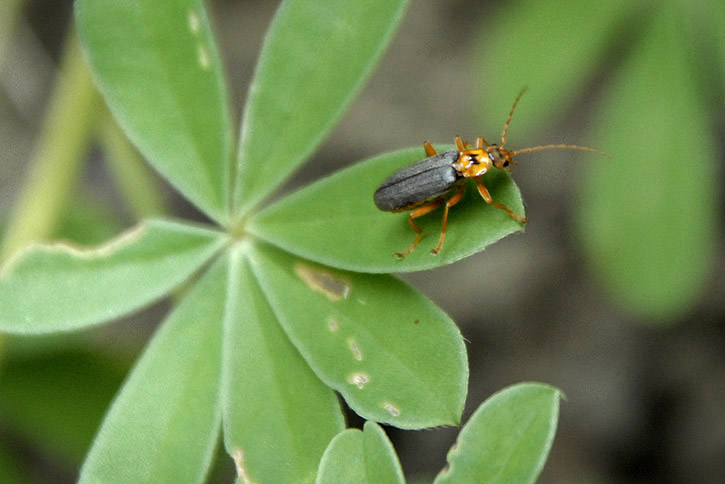
Hmm, now we know where to go the next time we get hungry for peas.
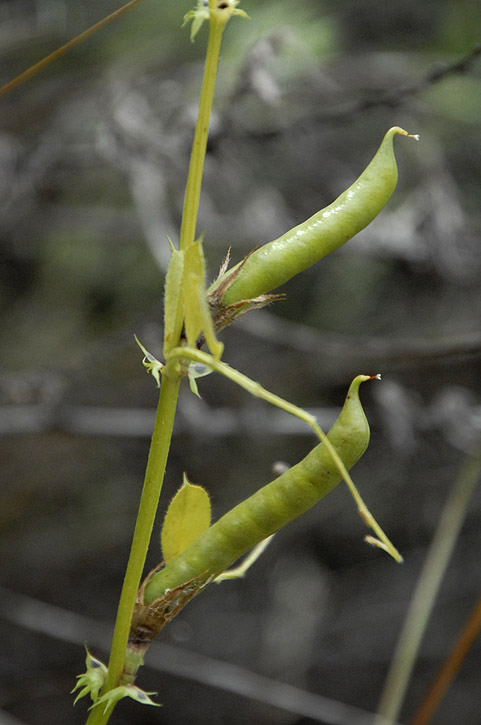
Prickly Goldenfleece.
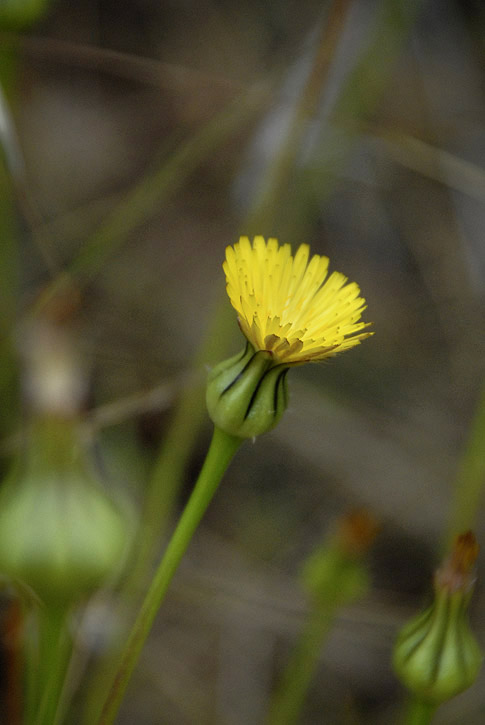
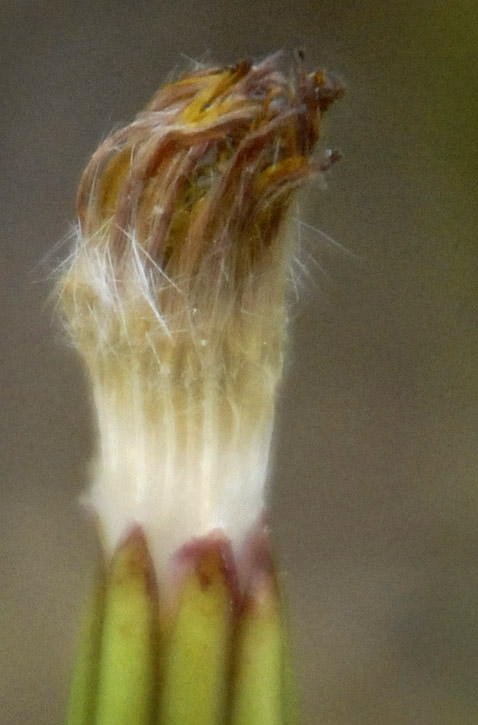
The Northwest Trail winds in and out of little ravines, interspersed with mixed grasslands.
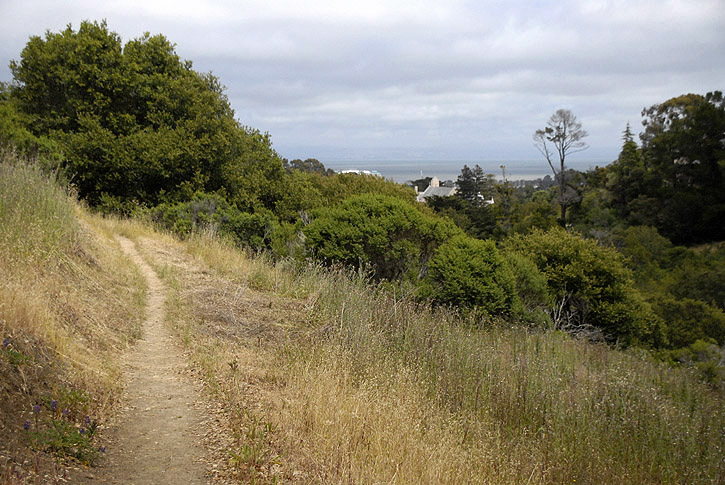
Lupines, wild oats and Pale Flax.
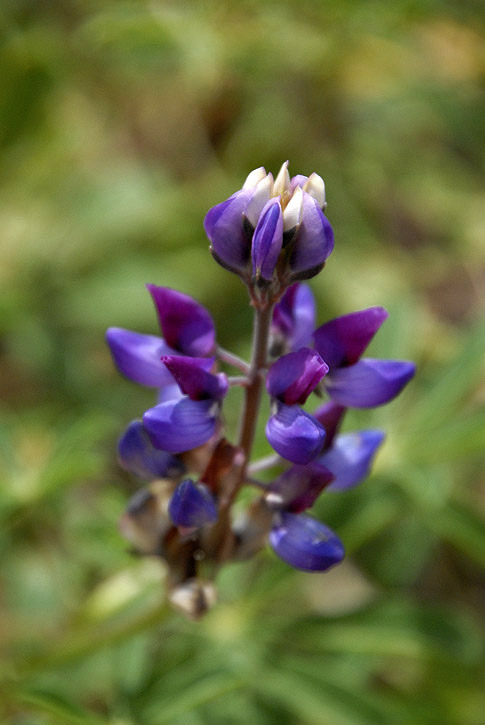
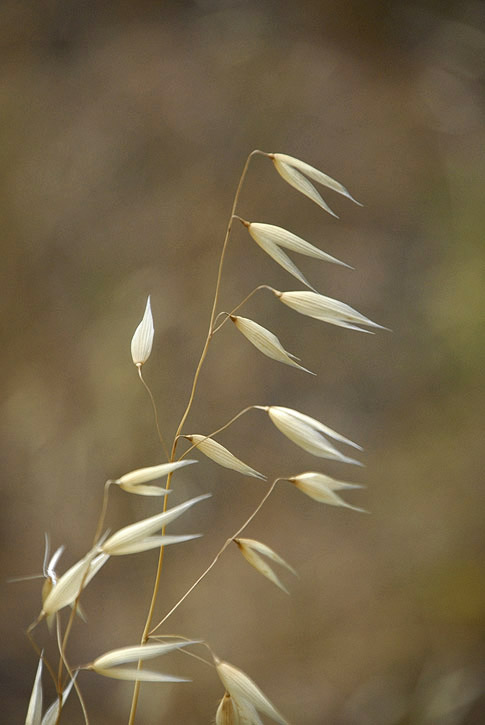
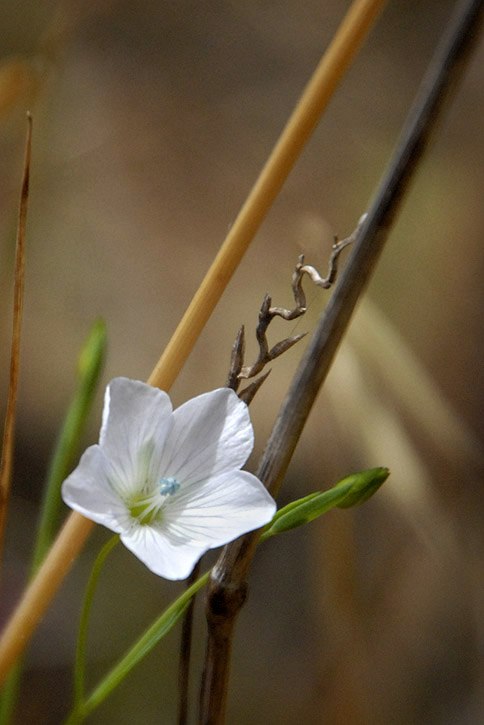
Teasel.
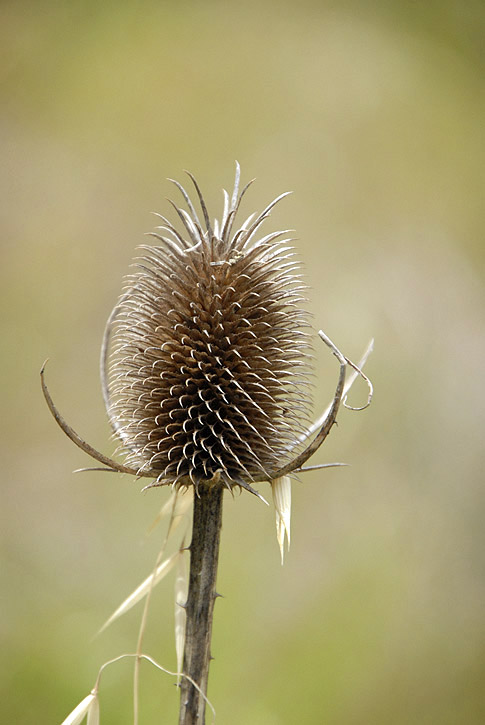
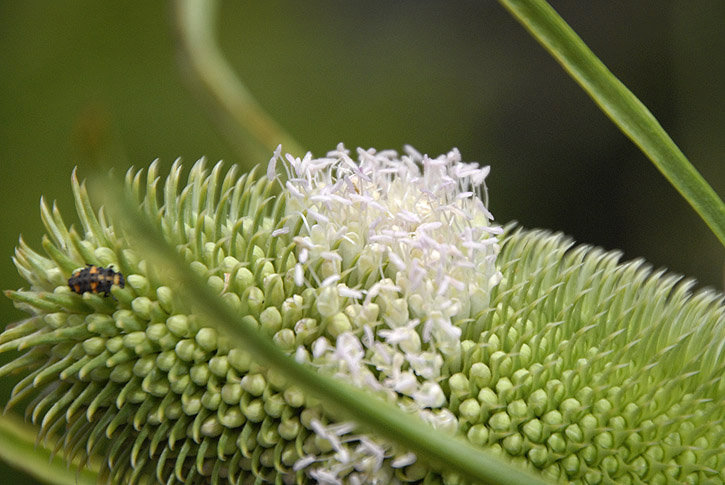
Soaproot flowers are pollinated by moths. Native Ohlone Indians had many uses for the bulb: fibers were made into brushes; raw bulbs were grated and used to wash clothes; crushed bulbs were put in streams to stun fish; roasted bulbs produced a glue for attaching feathers to arrow shafts, and to treat poison oak rash. Bulbs could be eaten after boiling or roasting to remove their soap-like compounds. Larvae of the brown elfin butterfly depend on this plant for food. The flowers look remarkably like spider plant blossoms (they are in the same botanical family).
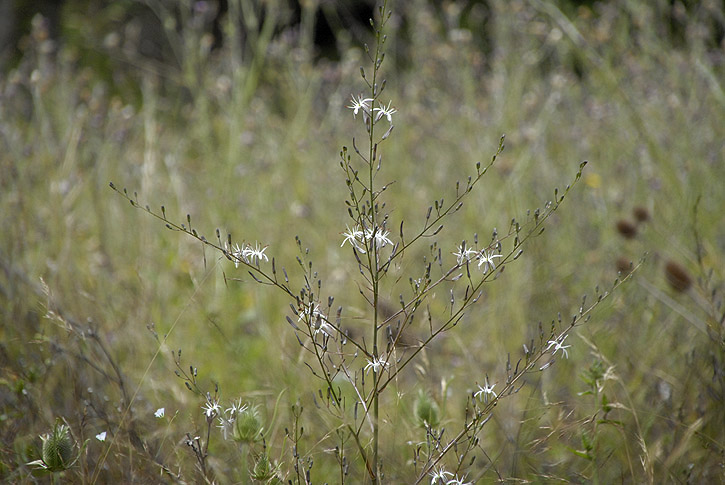
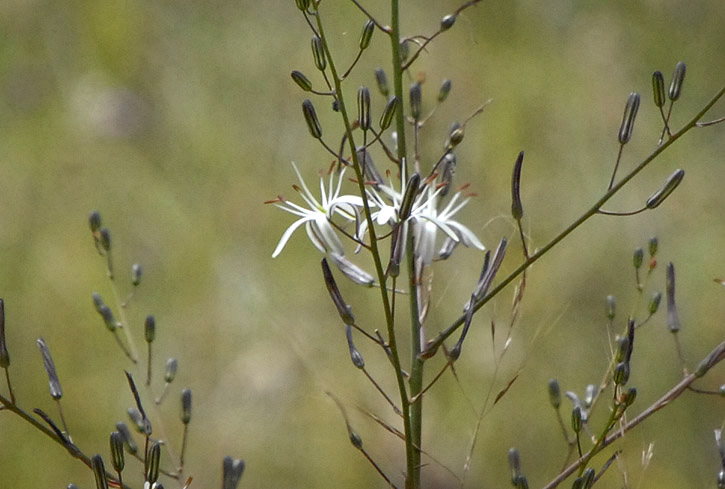
Make a wish!
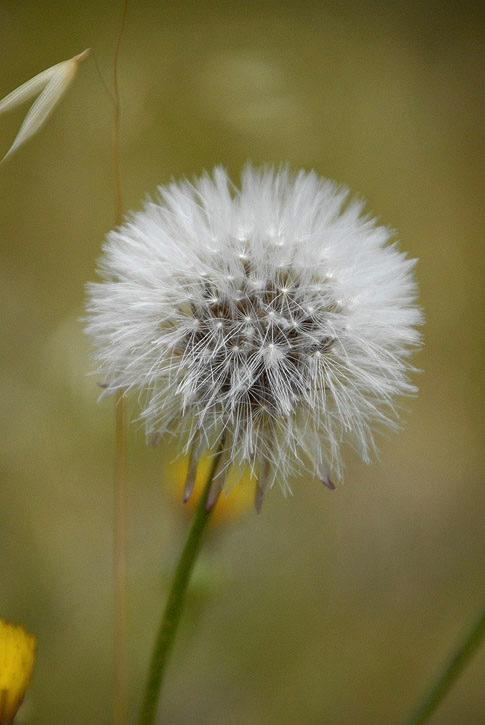
California Aster and Yarrow.
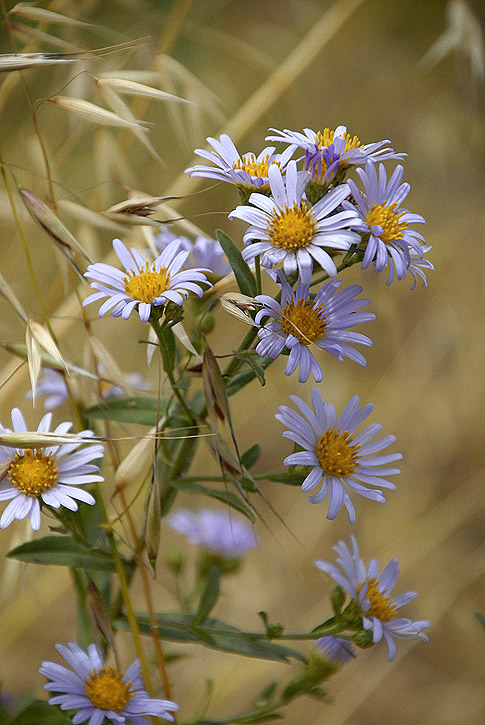
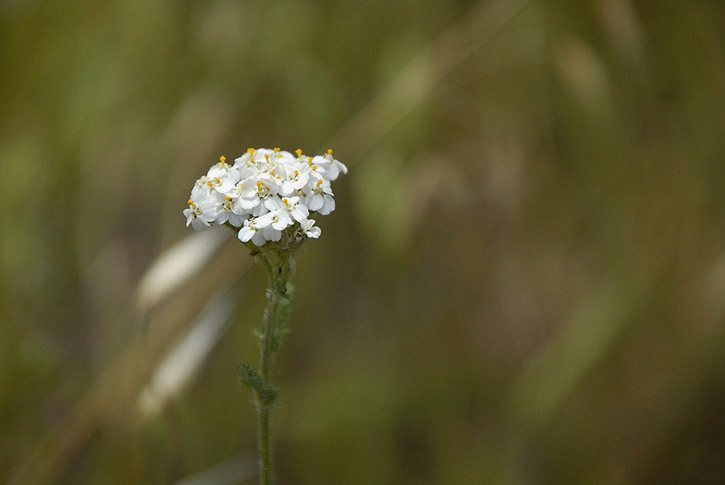
Looking back and ahead on the Northwest Trail.
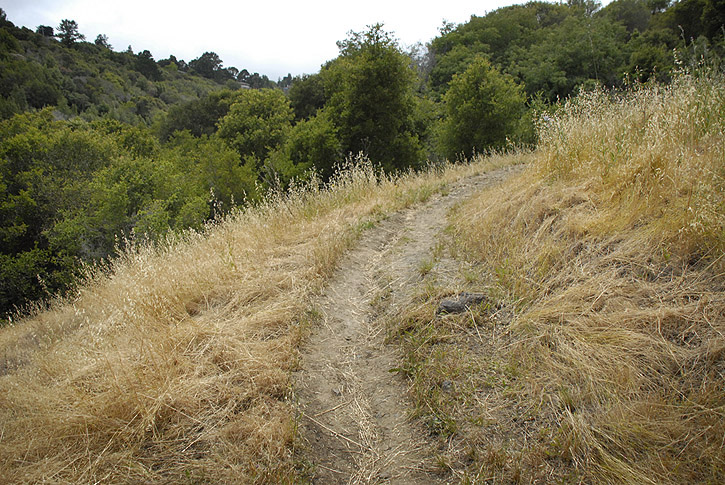
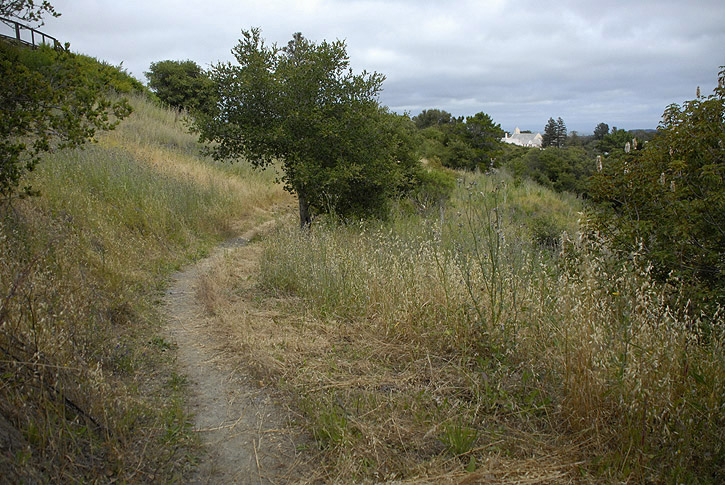
Mystery shrub, a member of the rose family, judging by the blossoms.
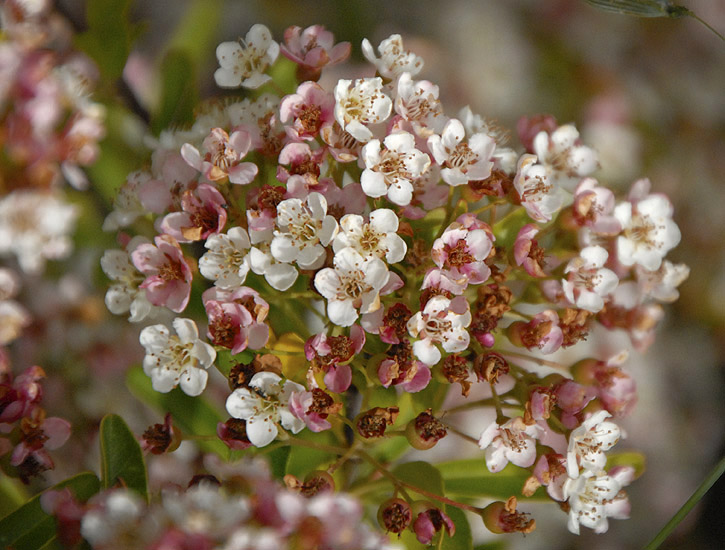
Birdfoot Trefoil, a pea family member.
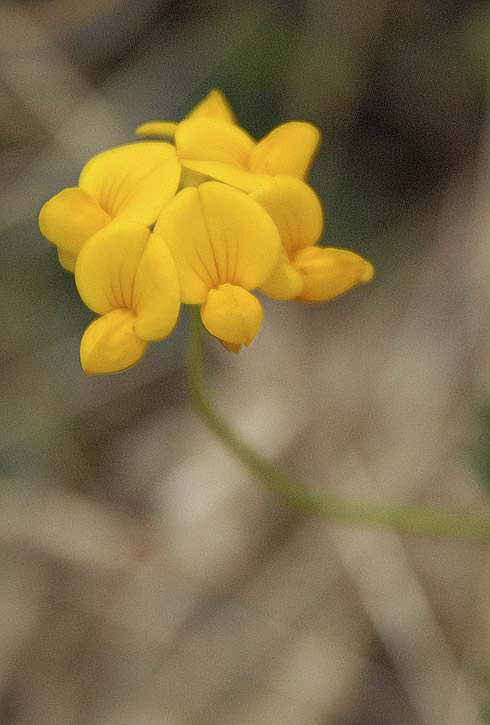
The arrow says go that way.

The trail soon turns and descends along the upper edge of a tributary to Mills Creek.
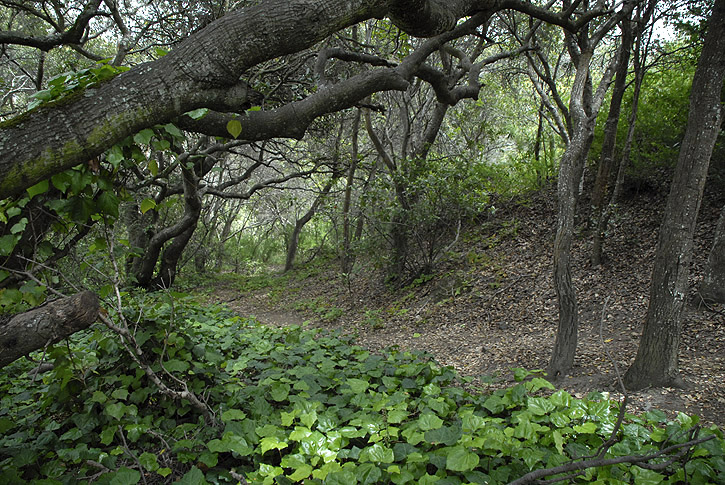
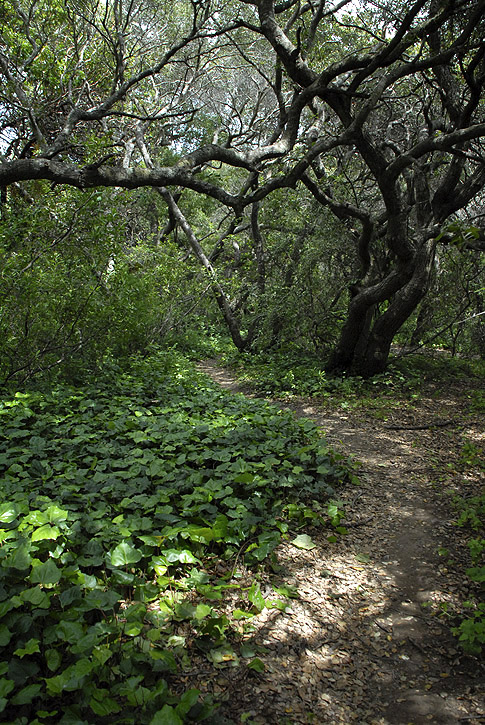
Now on the Creekside Trail, we follow the north bank of Mills Creek upstream and get a glimpse back up at the neighborhood perched along the north rim of the canyon.
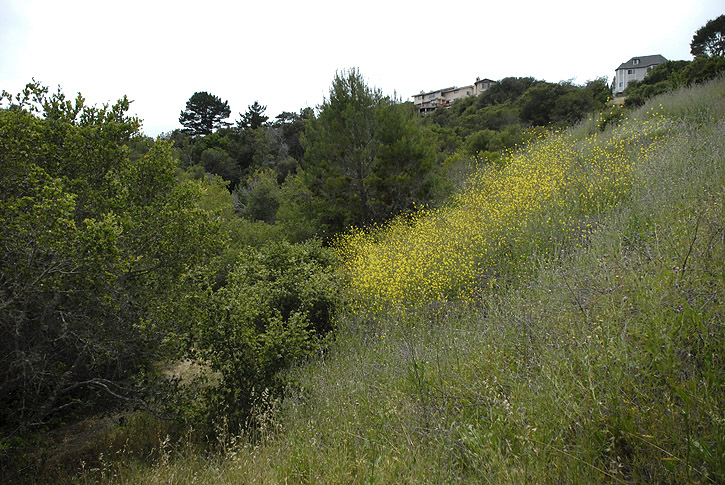
Some steps create a shortcut between the Northwest Trail and the Creekside Trail.
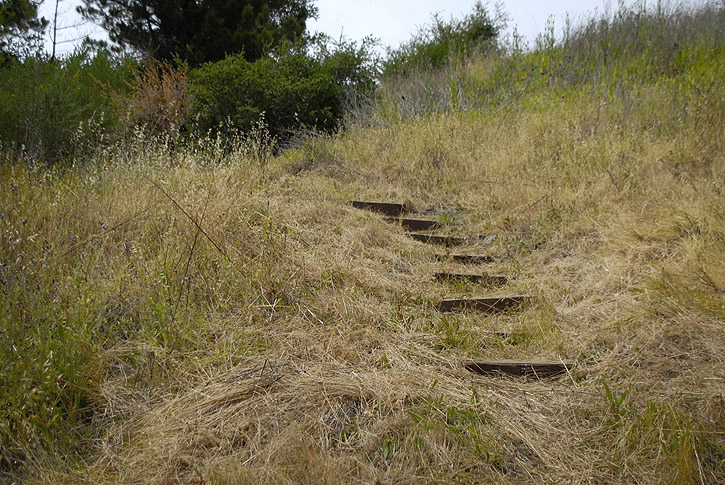
Field Mustard.
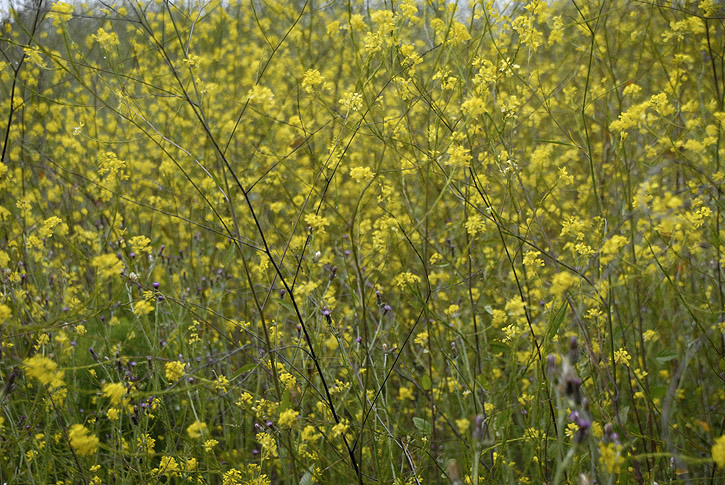
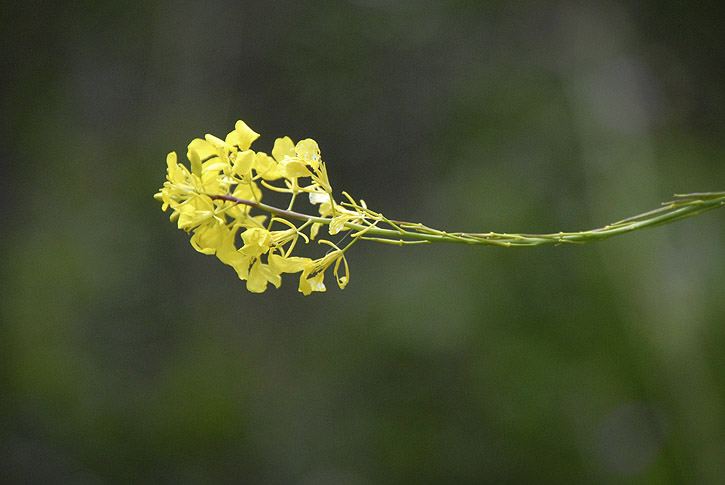
Lichen is abundant on the rocks in the canyon.
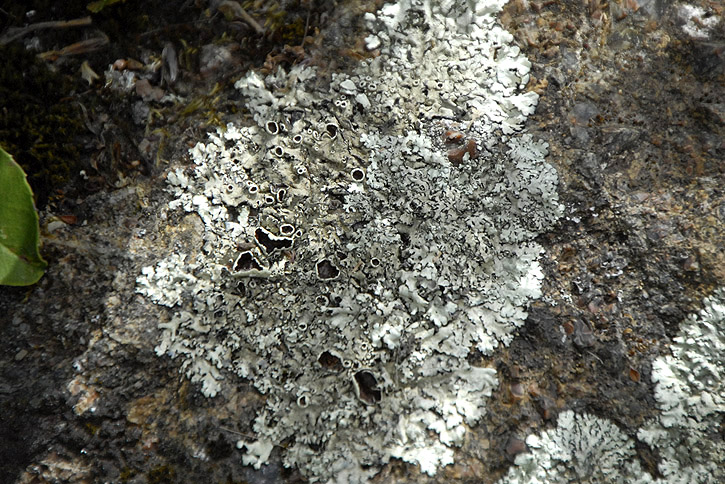
A beautiful buckeye blossom, and Winter Vetch.
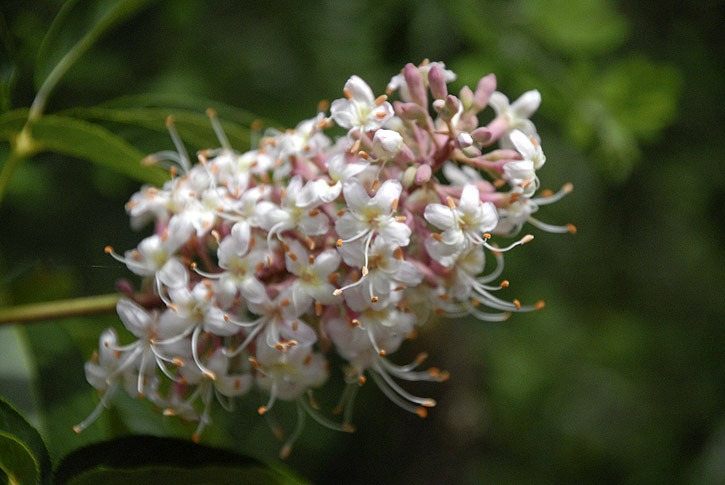

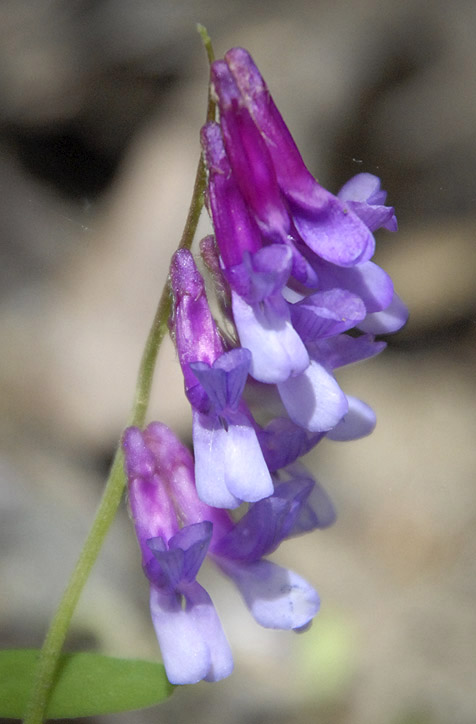
More steps.
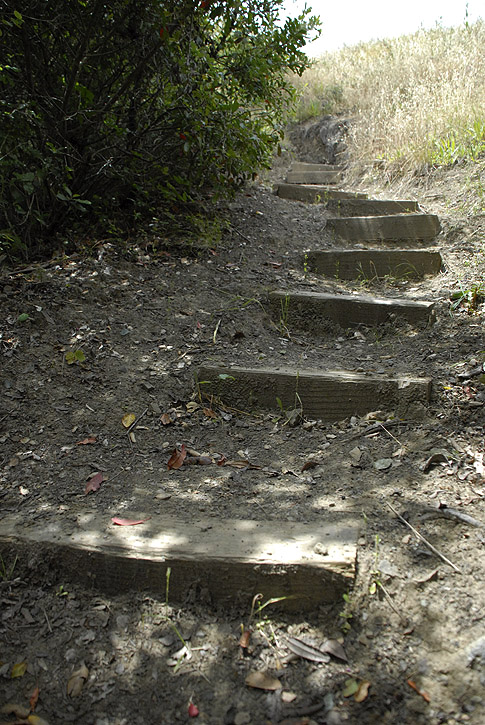
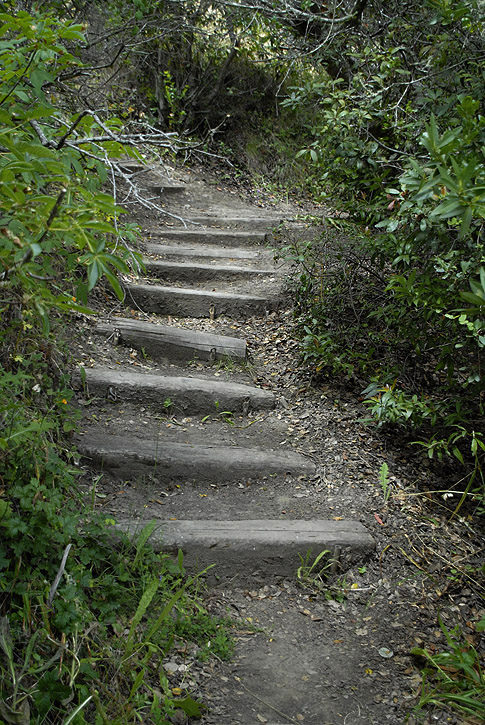
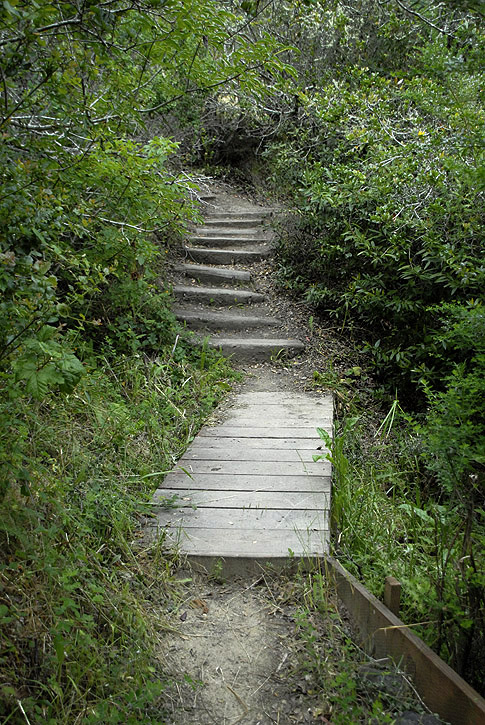
Lots of blackberry vines are growing in the canyon.
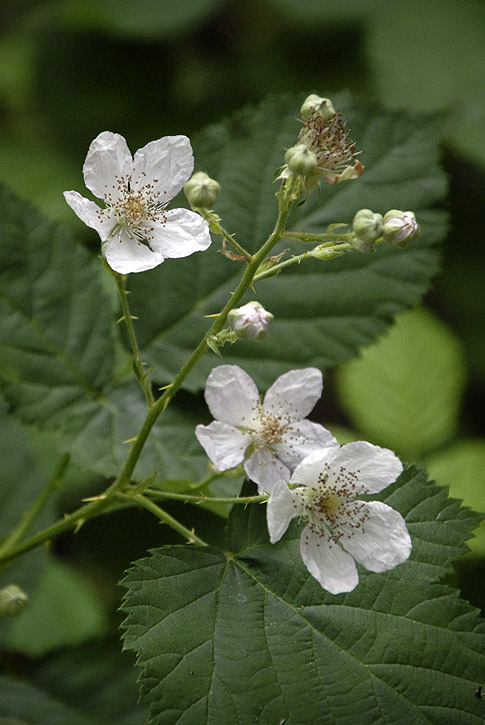
Another look at ivy-shrouded Mills Creek.
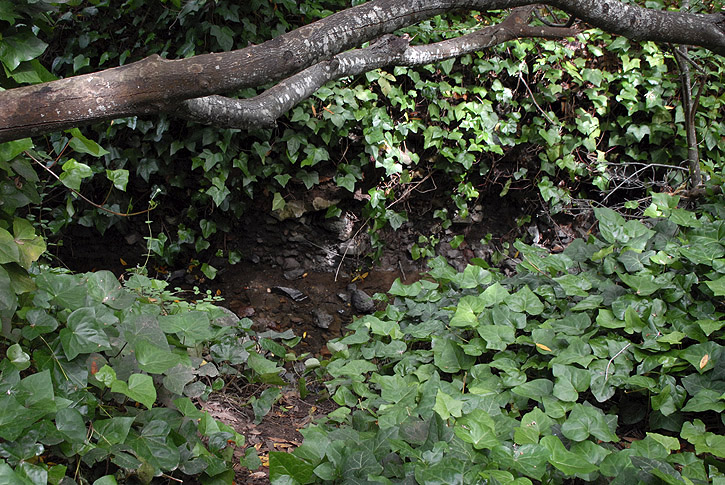
Ferns, ivy and bigleaf maple flourish along the creek.
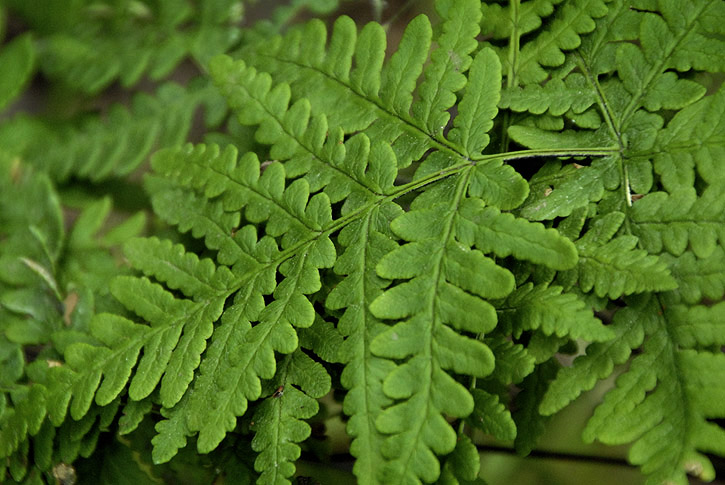

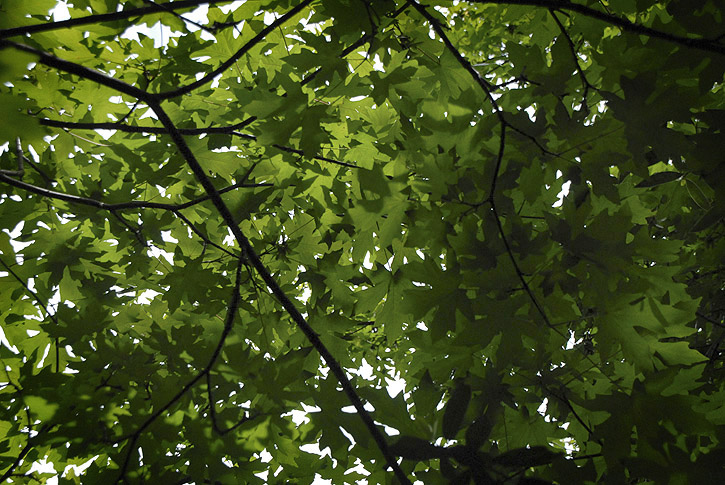
The creek is cool and shady. A few fallen leaves float in the shallows close to the bank.
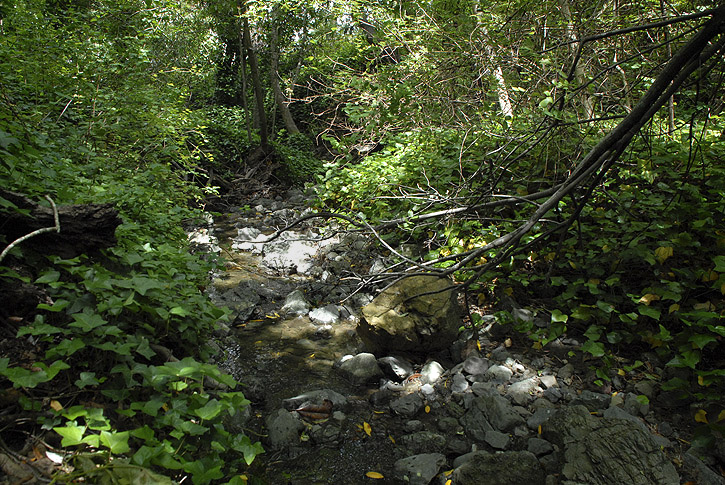
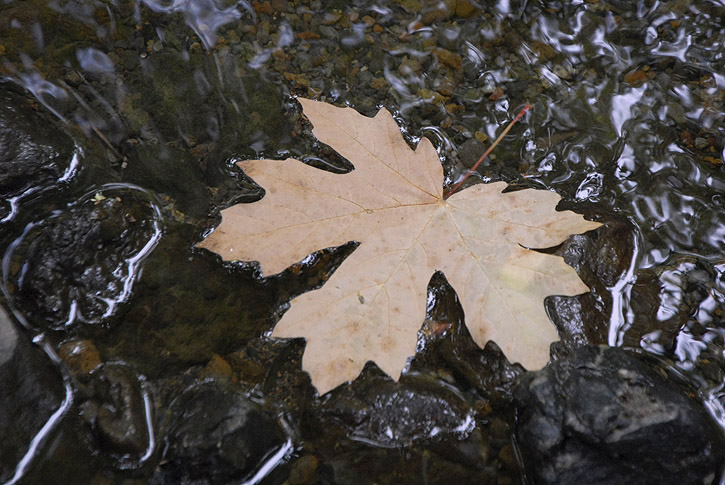
Another California aster.
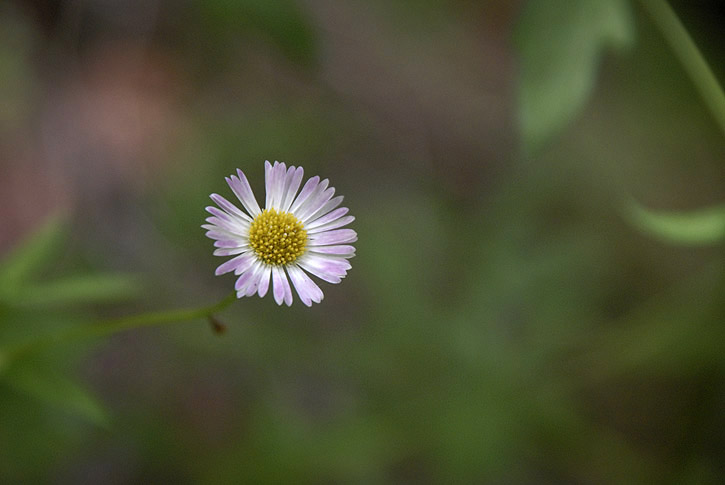
A look downstream.
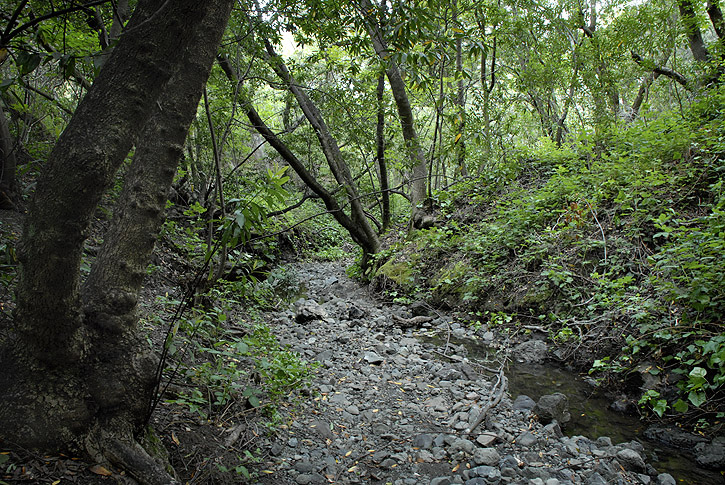
Working our way back up the canyon, this trail forces us to take steps.
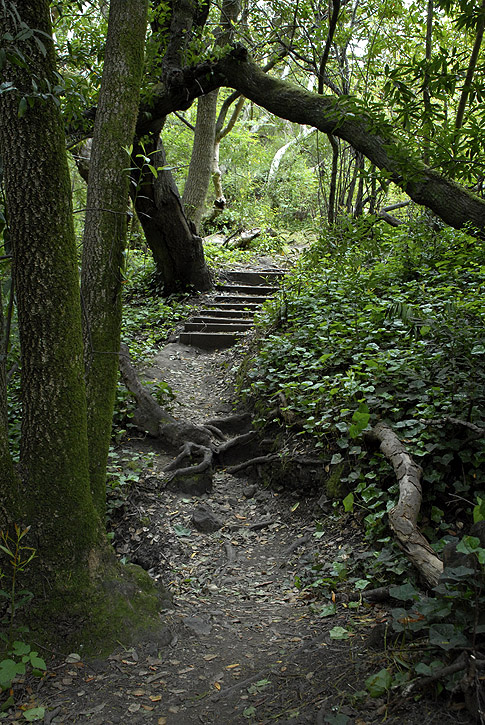
Some of the fungi along the trail.

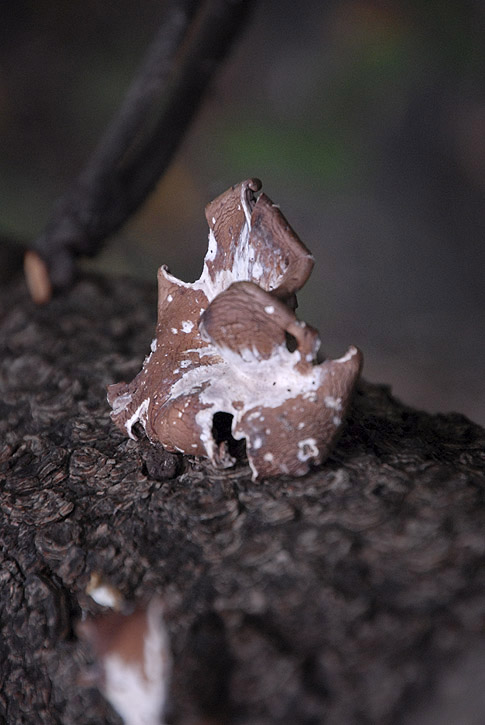
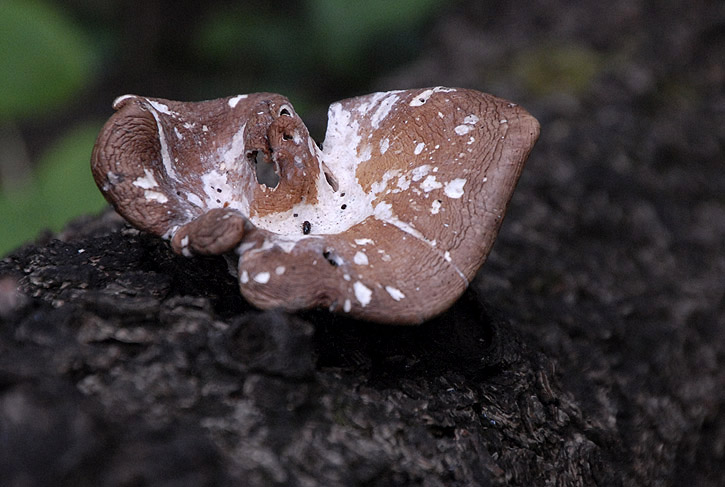
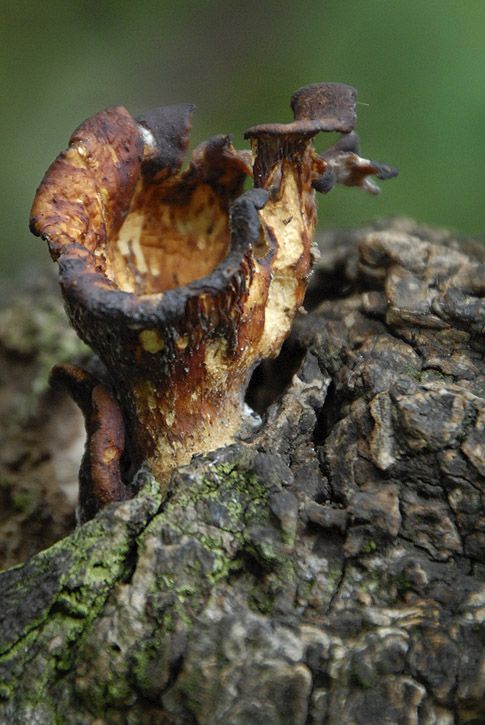
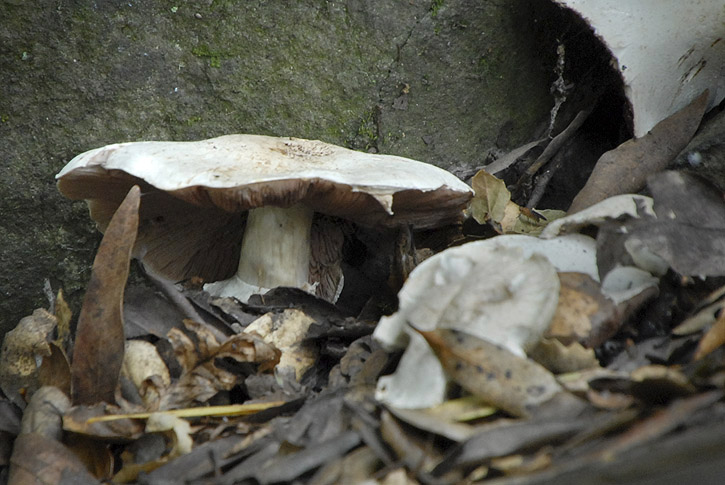
This trail forces us to take really, really big steps.
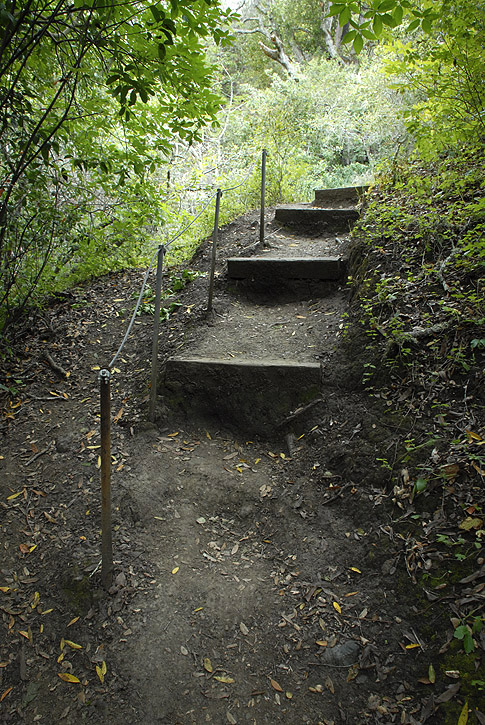
Sights along the Creekside Trail.
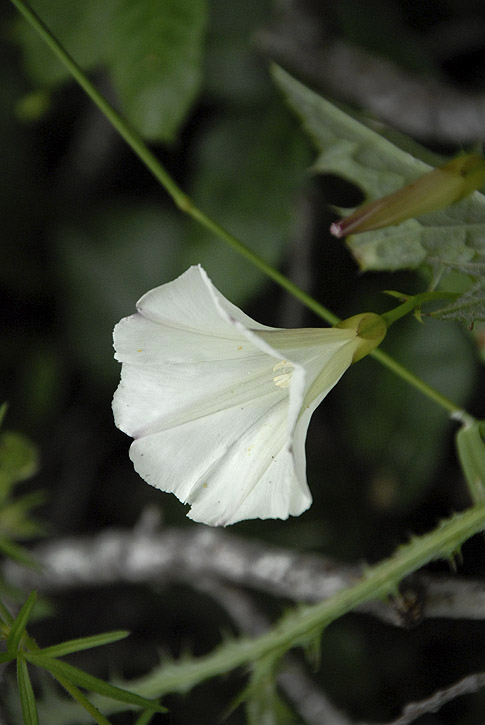
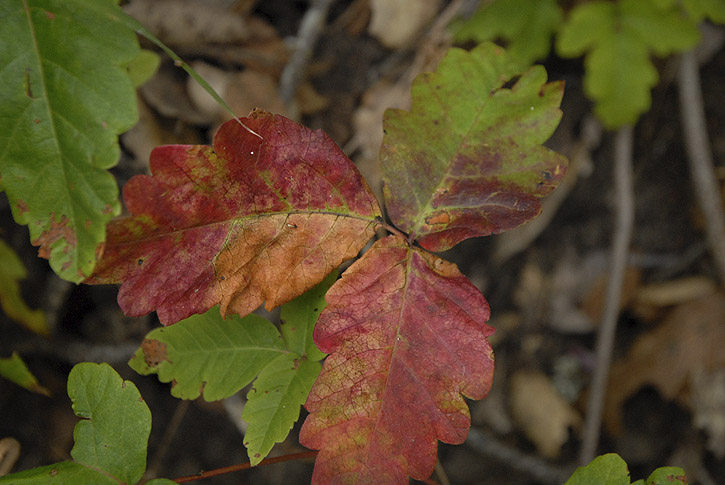
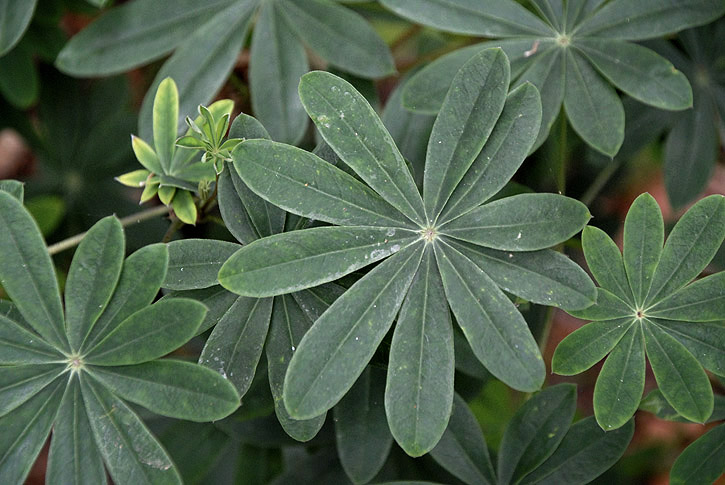
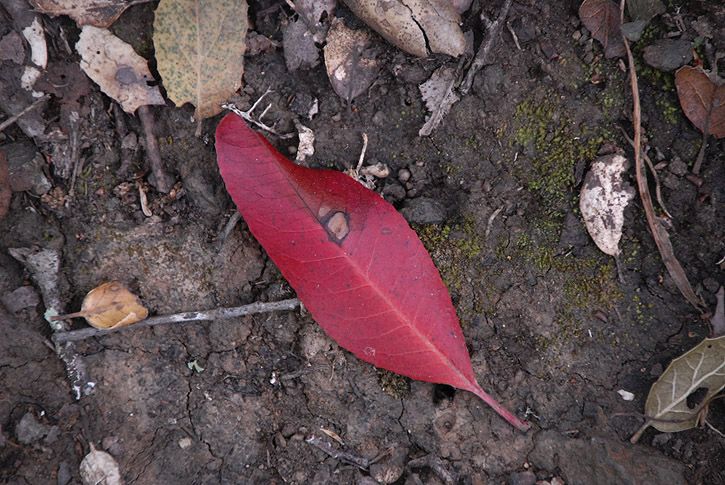
More steps!
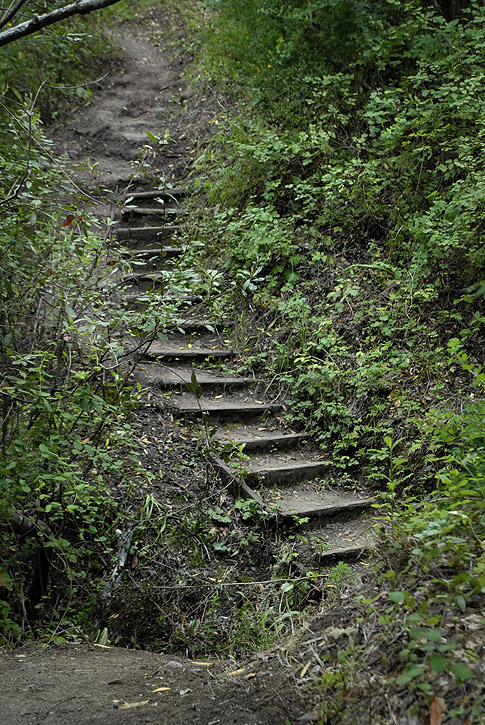
Pacific Pea.
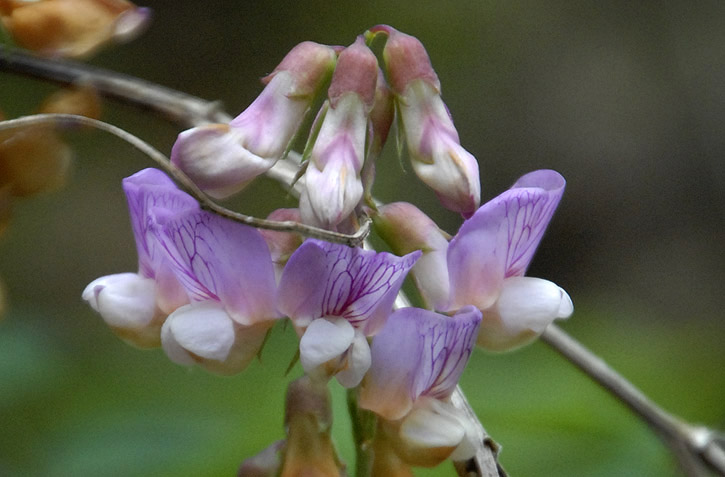
Plank bridge -- and steps!
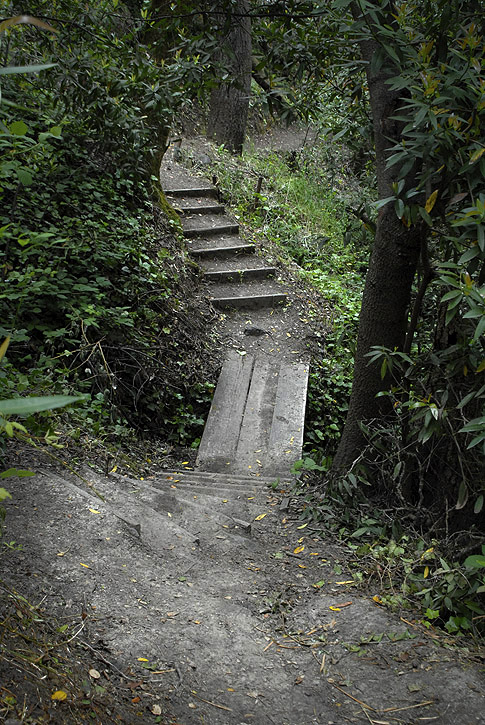
This kind of litter does not make you look cool, Smoker Idiot Person.
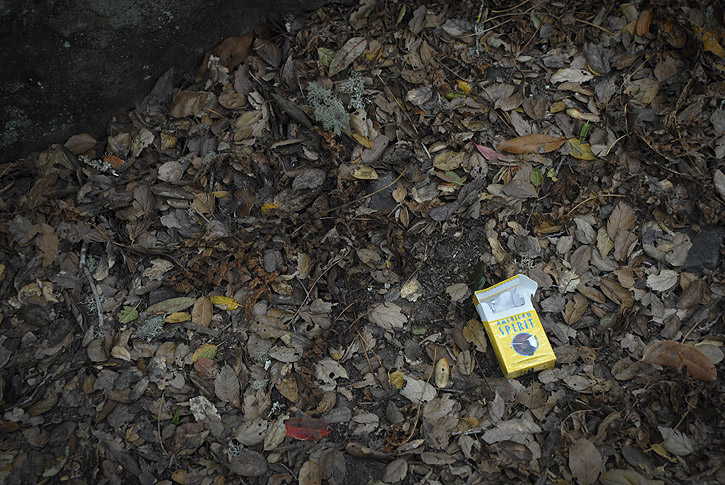
The trail curves around a pair of enormous outcrops of graywacke, a rock formation associated with the San Andreas Fault.
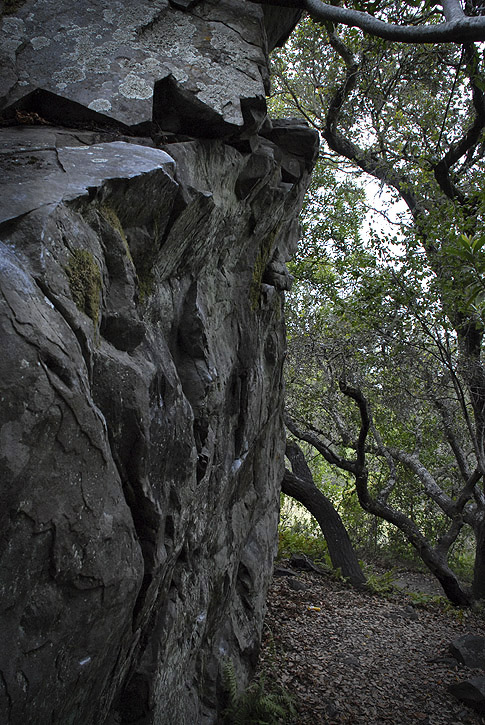
Fern spores and Narrow-Leafed Mule's Ears.
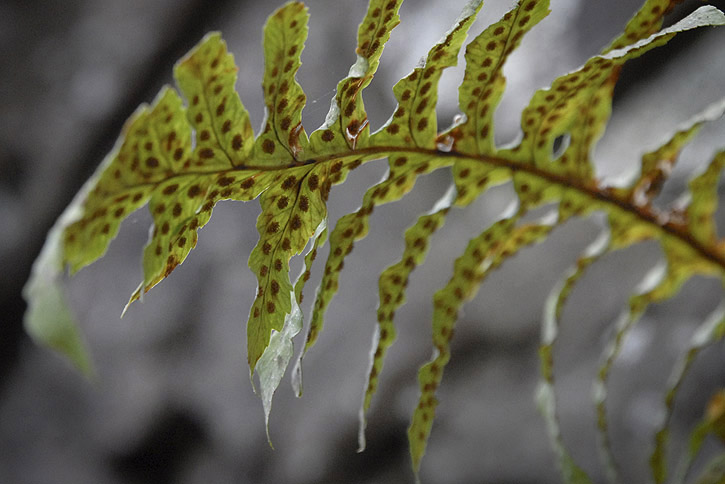
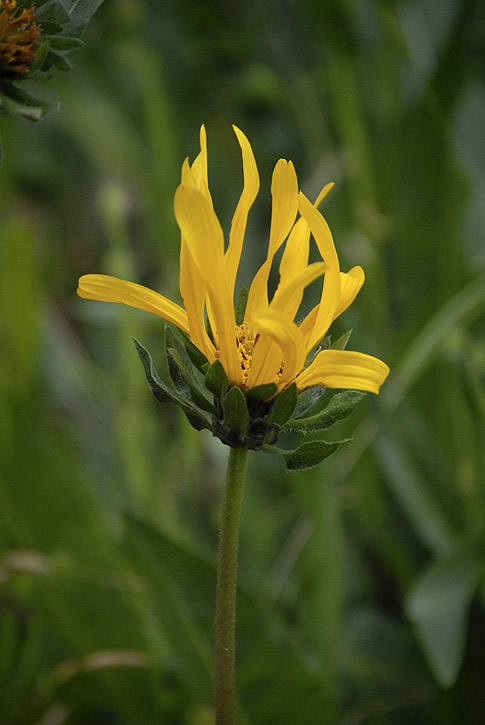
A peek along a deer trail leading up into a hillside meadow.
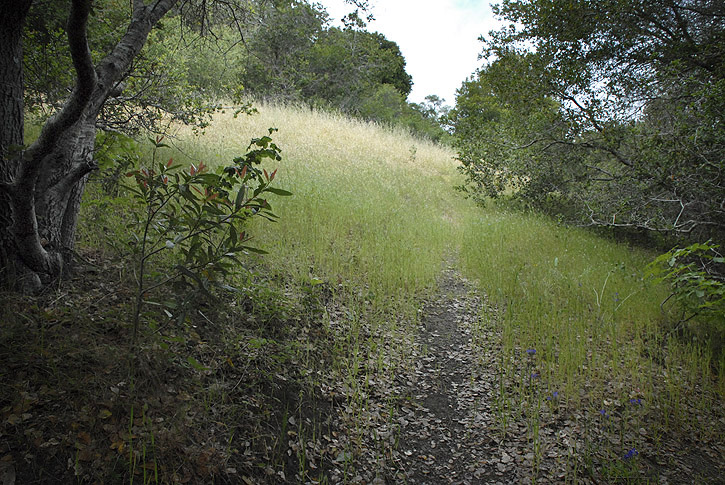
An irrigation drainage pipe jutting out of the embankment is an incongruous sight.
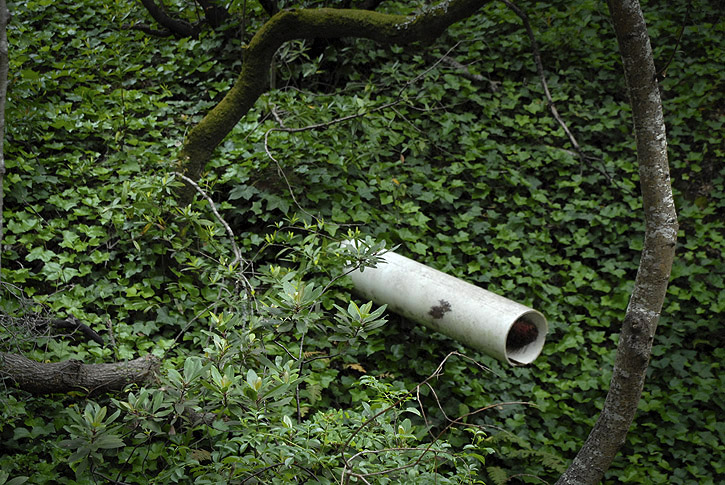
Some kind of nightshade blooms in the forest's gloom.
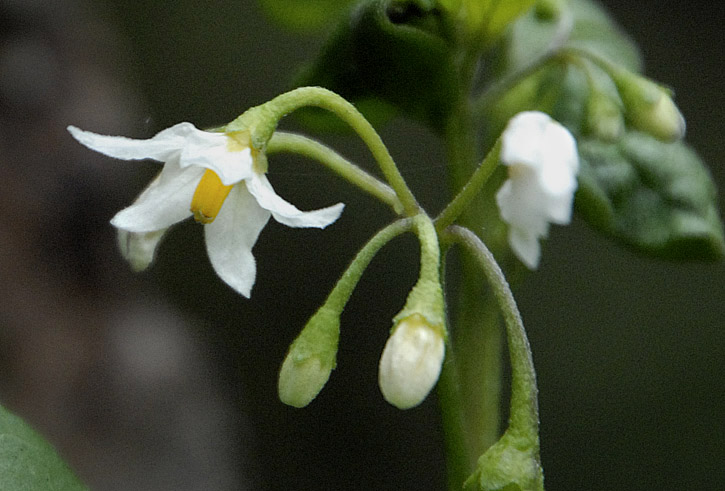
The edge of the park skirts a private road, which happens to sport a very fancy manhole cover.
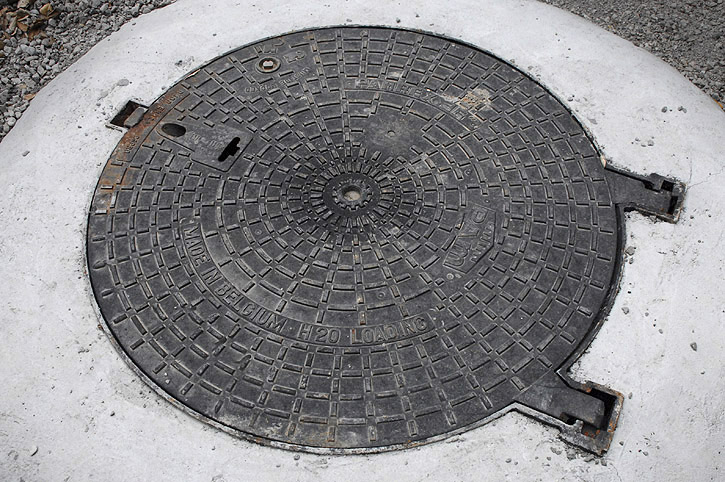
Apparently this is the Rolls Royce of manhole covers. According to the manufacturer, it features a hydraulic arm and a twin-hinge design that makes it easier and safer to raise and lower, allowing for one-man operation. The hinged design also requires a pickaxe or pry-bar to open the cover, causing less strain to the operator and helping to prevent back injuries. It even locks shut. Those rich folks spare no expense when it comes to holes in the ground, I tell you. Can't just have just any old hole in the ground, no sir. Gotta be top-drawer, or else why bother? If you're going to have your own private road, might as well get the most deluxe manhole cover possible. Right? Right.
Hmph. OK, we can tell when we're not wanted.
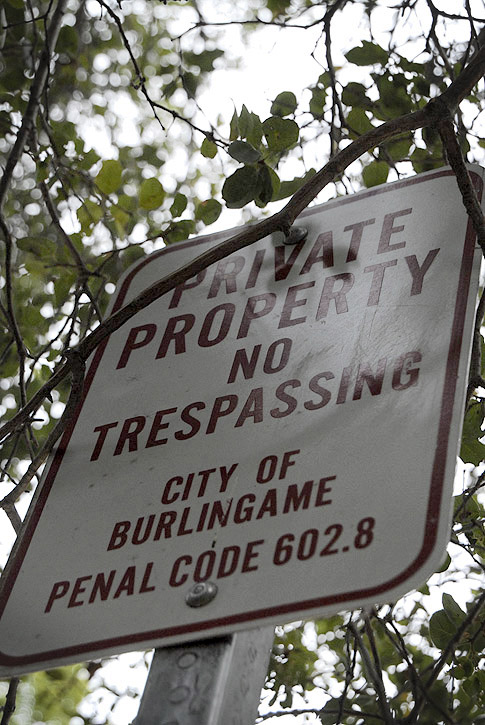
.
On Saturday D. and I headed out of the house and up to Mills Canyon Nature Area, also known as Mills Creek Canyon Park and Mills Canyon Wildlife Area, in Burlingame, and I took some pics.
Park entrance.

No this, no that, and none of that other thing either, Mister.




Setting out on the Northwest Trail.

Looking down the canyon to the southeast, with the Hyatt Regency near San Francisco International Airport visible in front of the Bay.

This Bellardia looks like it's got some spider mites on it.

Another view along the trail to the south-southeast, showing some of the canyon's vegetation.

The Northwest Trail.

Coyote Mint.

We encounter edumacational plaques here and there along the trail.

Another view of the Northwest Trail wending through the woods.

All the trees seem to have numbered tags.

Burlingame seems to have a bit of a tree fetish. (And this is a good thing.

)
Indian Warrior and aphids.

The Northwest Trail goes through a grassy stretch.

Dried pods of a pea family plant, which explosively eject the seeds out as the pod dries and twists around.

The trail takes us farther along down the canyon.

I think they have an aphid problem here.


Around the very next bend we see a Soldier Beetle on a lupine. Soldier beetles love aphids, so I hope it knows there's an all-you-can-eat buffet just up the trail.

Hmm, now we know where to go the next time we get hungry for peas.


Prickly Goldenfleece.


The Northwest Trail winds in and out of little ravines, interspersed with mixed grasslands.

Lupines, wild oats and Pale Flax.



Teasel.


Soaproot flowers are pollinated by moths. Native Ohlone Indians had many uses for the bulb: fibers were made into brushes; raw bulbs were grated and used to wash clothes; crushed bulbs were put in streams to stun fish; roasted bulbs produced a glue for attaching feathers to arrow shafts, and to treat poison oak rash. Bulbs could be eaten after boiling or roasting to remove their soap-like compounds. Larvae of the brown elfin butterfly depend on this plant for food. The flowers look remarkably like spider plant blossoms (they are in the same botanical family).


Make a wish!

California Aster and Yarrow.


Looking back and ahead on the Northwest Trail.


Mystery shrub, a member of the rose family, judging by the blossoms.


Birdfoot Trefoil, a pea family member.

The arrow says go that way.

The trail soon turns and descends along the upper edge of a tributary to Mills Creek.


Now on the Creekside Trail, we follow the north bank of Mills Creek upstream and get a glimpse back up at the neighborhood perched along the north rim of the canyon.

Some steps create a shortcut between the Northwest Trail and the Creekside Trail.

Field Mustard.


Lichen is abundant on the rocks in the canyon.

A beautiful buckeye blossom, and Winter Vetch.



More steps.



Lots of blackberry vines are growing in the canyon.

Another look at ivy-shrouded Mills Creek.

Ferns, ivy and bigleaf maple flourish along the creek.



The creek is cool and shady. A few fallen leaves float in the shallows close to the bank.


Another California aster.

A look downstream.

Working our way back up the canyon, this trail forces us to take steps.

Some of the fungi along the trail.





This trail forces us to take really, really big steps.

Sights along the Creekside Trail.




More steps!

Pacific Pea.

Plank bridge -- and steps!

This kind of litter does not make you look cool, Smoker Idiot Person.


The trail curves around a pair of enormous outcrops of graywacke, a rock formation associated with the San Andreas Fault.

Fern spores and Narrow-Leafed Mule's Ears.


A peek along a deer trail leading up into a hillside meadow.

An irrigation drainage pipe jutting out of the embankment is an incongruous sight.

Some kind of nightshade blooms in the forest's gloom.

The edge of the park skirts a private road, which happens to sport a very fancy manhole cover.

Apparently this is the Rolls Royce of manhole covers. According to the manufacturer, it features a hydraulic arm and a twin-hinge design that makes it easier and safer to raise and lower, allowing for one-man operation. The hinged design also requires a pickaxe or pry-bar to open the cover, causing less strain to the operator and helping to prevent back injuries. It even locks shut. Those rich folks spare no expense when it comes to holes in the ground, I tell you. Can't just have just any old hole in the ground, no sir. Gotta be top-drawer, or else why bother? If you're going to have your own private road, might as well get the most deluxe manhole cover possible. Right? Right.
Hmph. OK, we can tell when we're not wanted.


.